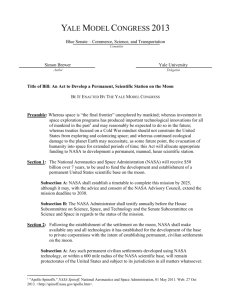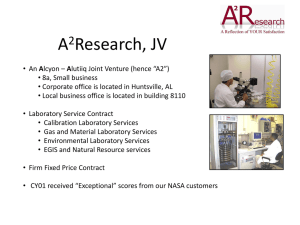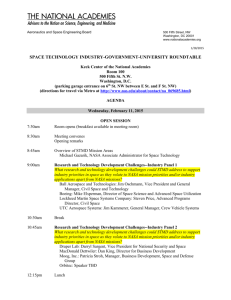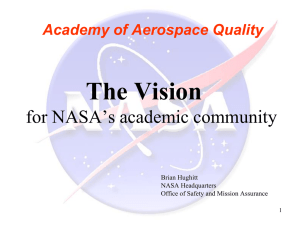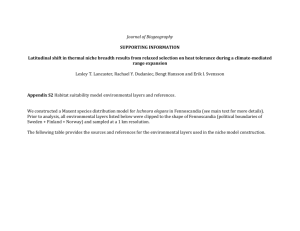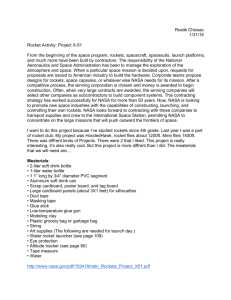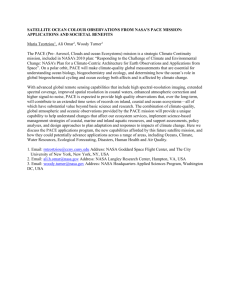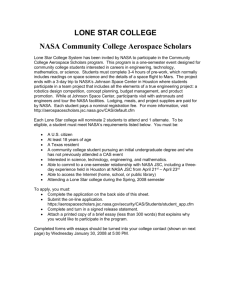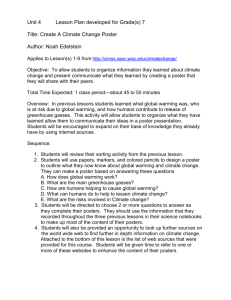Practical Applications of Space Technology
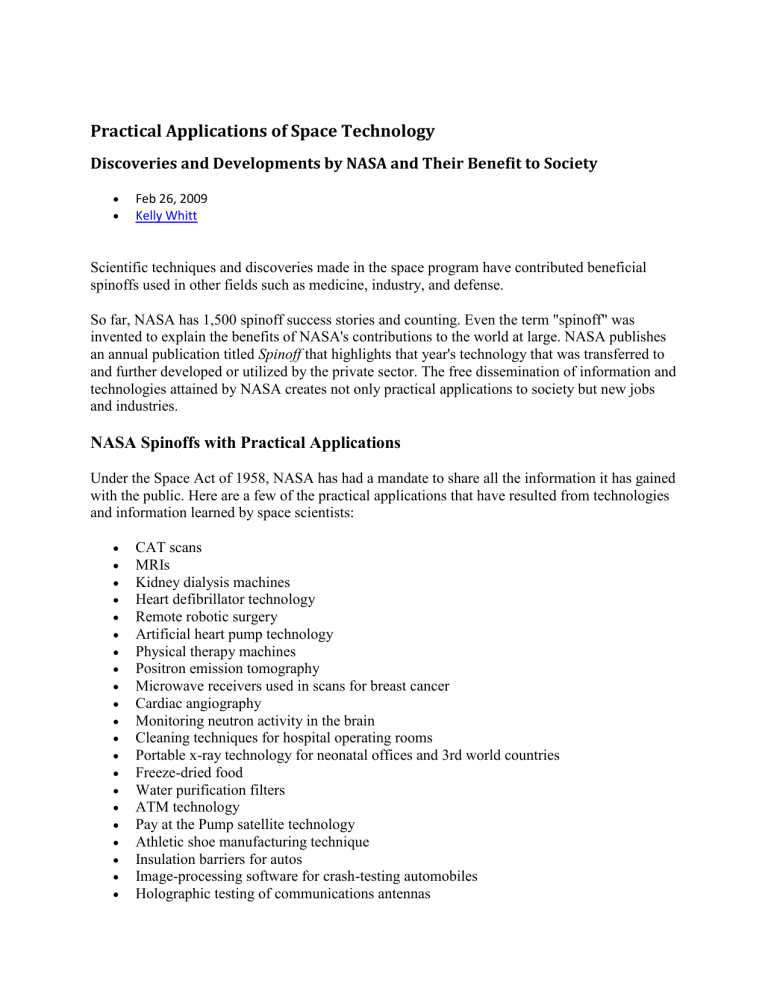
Practical Applications of Space Technology
Discoveries and Developments by NASA and Their Benefit to Society
Feb 26, 2009
Kelly Whitt
Scientific techniques and discoveries made in the space program have contributed beneficial spinoffs used in other fields such as medicine, industry, and defense.
So far, NASA has 1,500 spinoff success stories and counting. Even the term "spinoff" was invented to explain the benefits of NASA's contributions to the world at large. NASA publishes an annual publication titled Spinoff that highlights that year's technology that was transferred to and further developed or utilized by the private sector. The free dissemination of information and technologies attained by NASA creates not only practical applications to society but new jobs and industries.
NASA Spinoffs with Practical Applications
Under the Space Act of 1958, NASA has had a mandate to share all the information it has gained with the public. Here are a few of the practical applications that have resulted from technologies and information learned by space scientists:
CAT scans
MRIs
Kidney dialysis machines
Heart defibrillator technology
Remote robotic surgery
Artificial heart pump technology
Physical therapy machines
Positron emission tomography
Microwave receivers used in scans for breast cancer
Cardiac angiography
Monitoring neutron activity in the brain
Cleaning techniques for hospital operating rooms
Portable x-ray technology for neonatal offices and 3rd world countries
Freeze-dried food
Water purification filters
ATM technology
Pay at the Pump satellite technology
Athletic shoe manufacturing technique
Insulation barriers for autos
Image-processing software for crash-testing automobiles
Holographic testing of communications antennas
Low-noise receivers
Cordless tools
A computer language used by businesses such as car repair shops, Kodak, hand-held computers, express mail
Aerial reconnaissance and Earth resources mapping
Airport baggage scanners
Distinction between natural space objects and satellites/warheads/rockets for defense
Satellite monitors for nuclear detonations
Hazardous gas sensors
Precision navigation
Clock synchronization
Ballistic missile guidance
Secure communications
Study of ozone depletion
Climate change studies
Monitoring of Earth-based storms such as hurricanes
Solar collectors
Fusion reactors
Space-age fabrics for divers, swimmers, hazardous material workers, and others
Teflon-coated fiberglass for roofing material
Lightweight breathing system used by firefighters
Atomic oxygen facility for removing unwanted material from 19th century paintings
FDA-adopted food safety program that has reduced salmonella cases by a factor of 2
Multispectral imaging methods used to read ancient Roman manuscripts buried by Mt.
Vesuvius
Most people do not give NASA or space research high priority when they consider what the government needs to fund. However, as seen here, NASA has provided much more than just information about the universe at large, but practical applications that have saved lives, improved the quality of life, and provided high-paying jobs in the private sector. The spinoffs listed here are just a part of what NASA and others have accomplished by sharing information and technology.
On February 26, 2009, acting NASA Administrator Christopher J. Scolese responded to the current NASA budget:
"The $18.7 billion budget proposal for 2010 is fiscally responsible and reflects the administration's desire for a robust and innovative agency aligned with the president’s goals of advancing our nation’s scientific, educational, economic and security interests. This budget ensures NASA maintains its global leadership in Earth and space research, and it advances global climate change studies, funds a robust program of human and robotic space exploration, allows us to realize the full potential of the International Space Station, advances development of new space transportation systems, and renews our commitment to aeronautics.”


